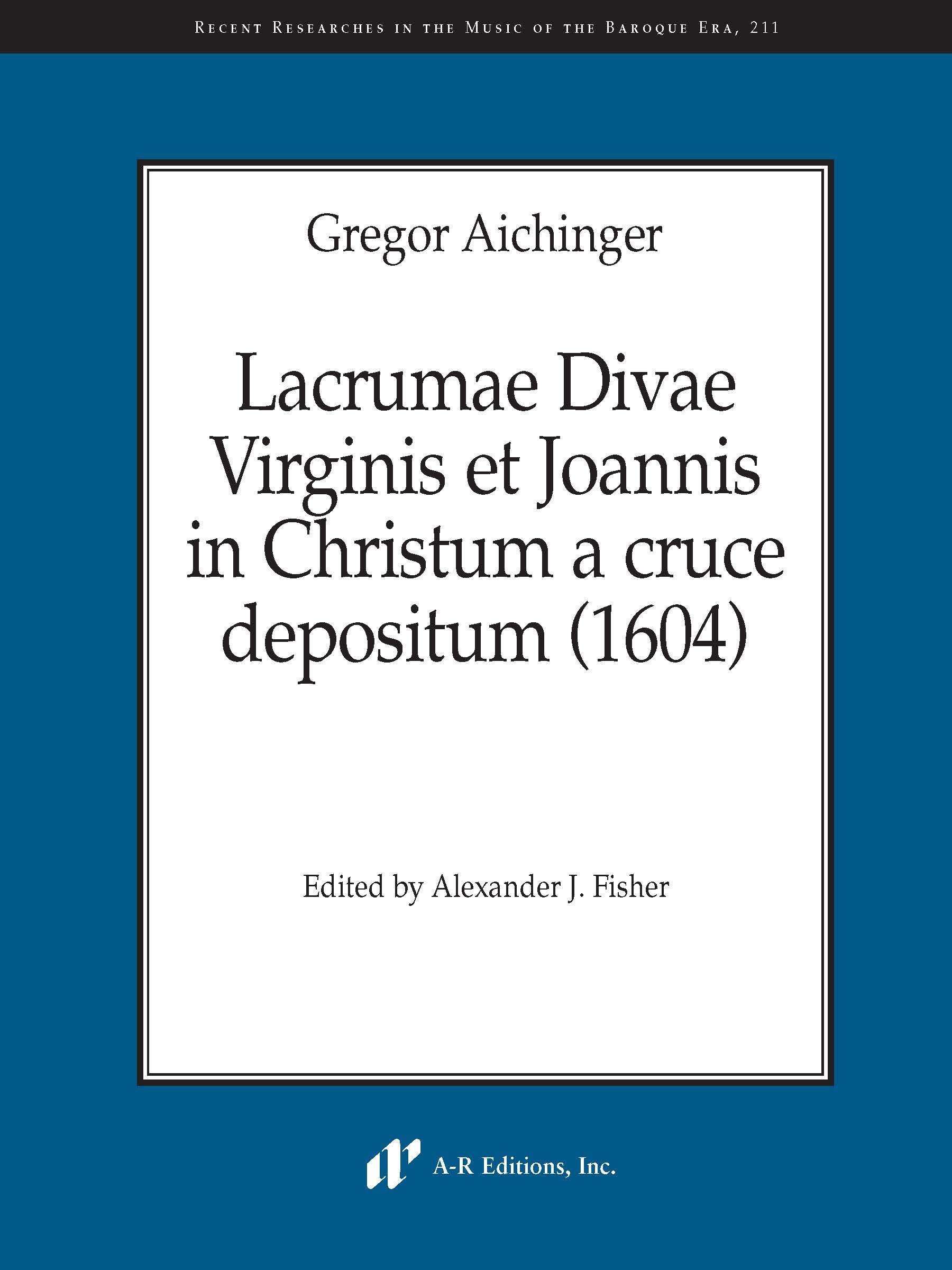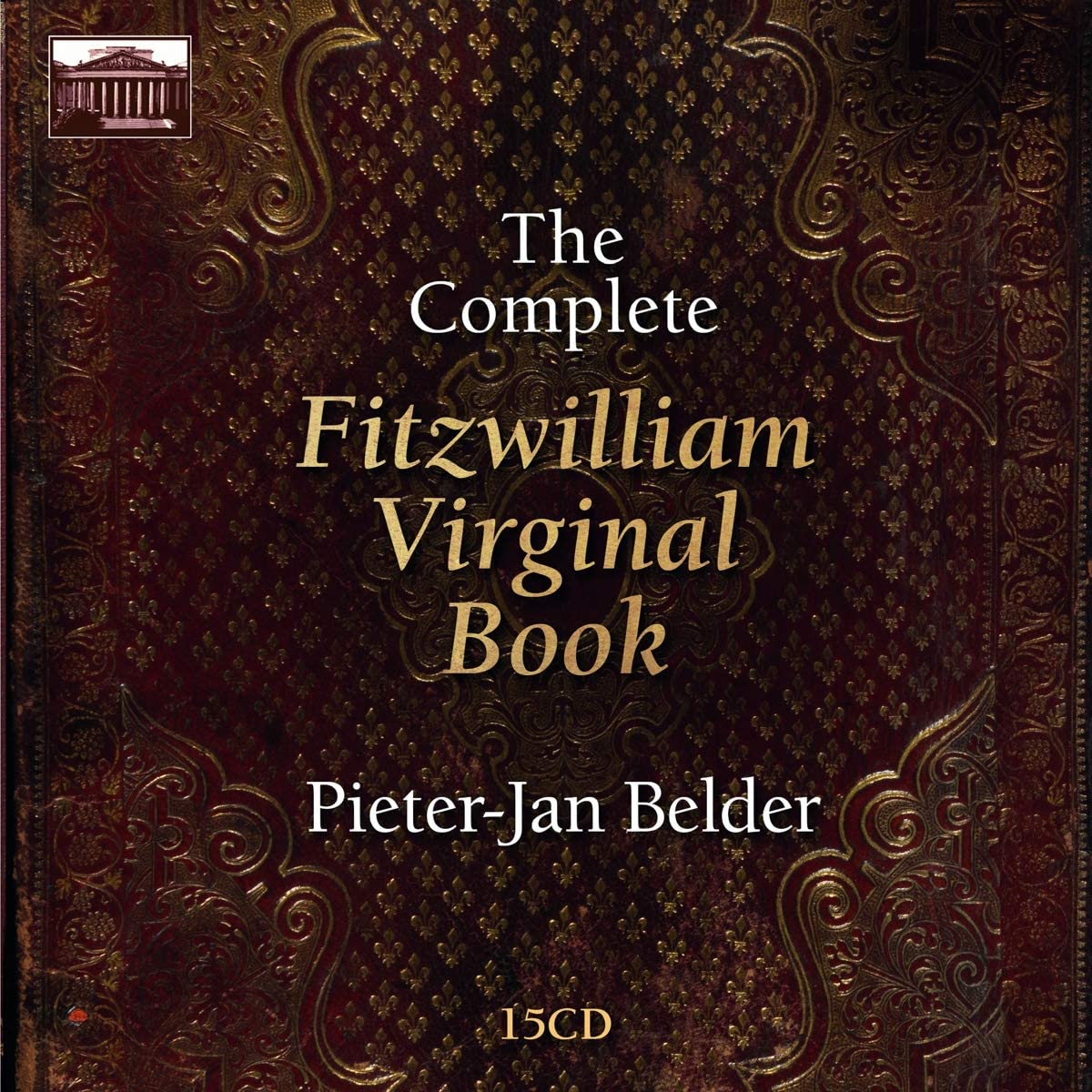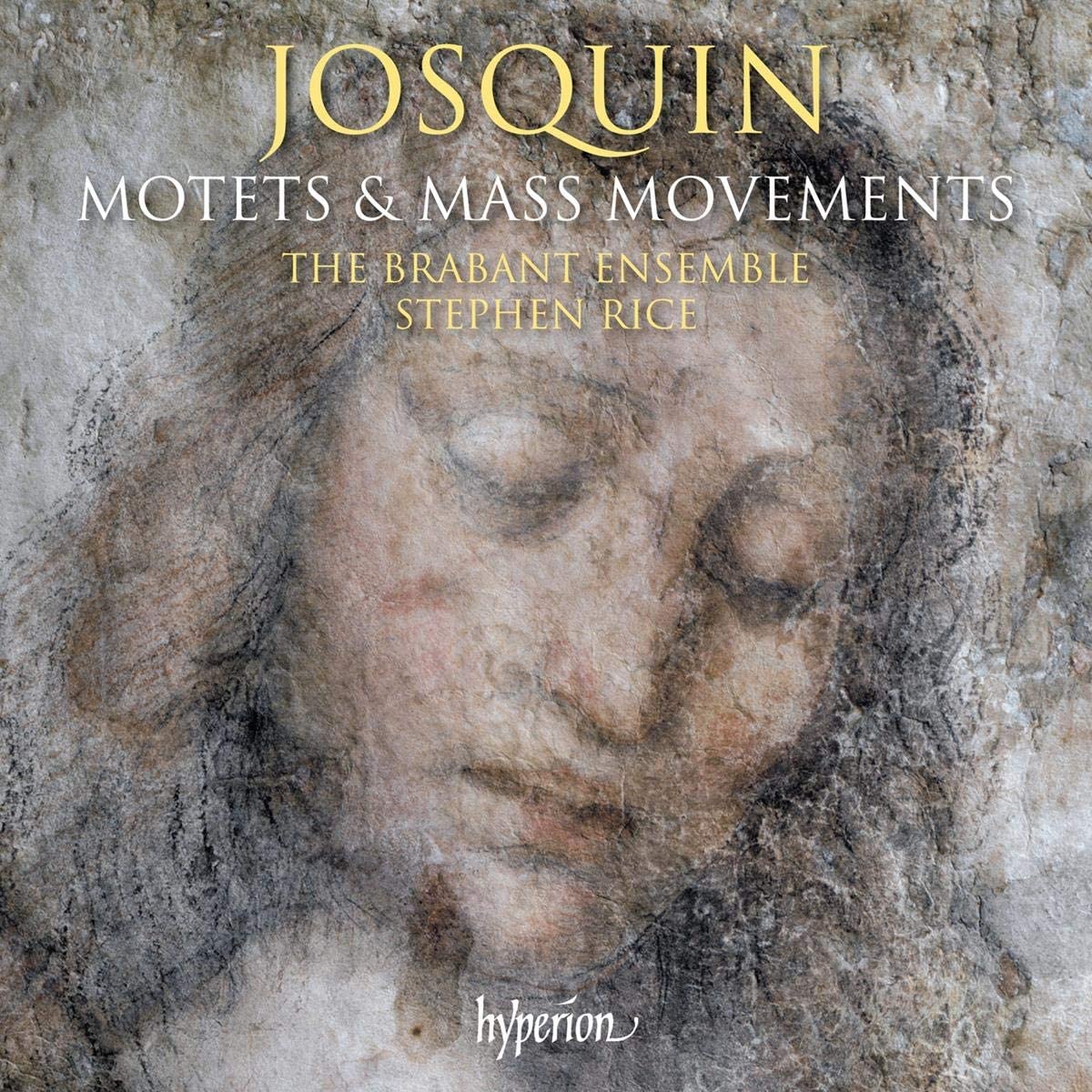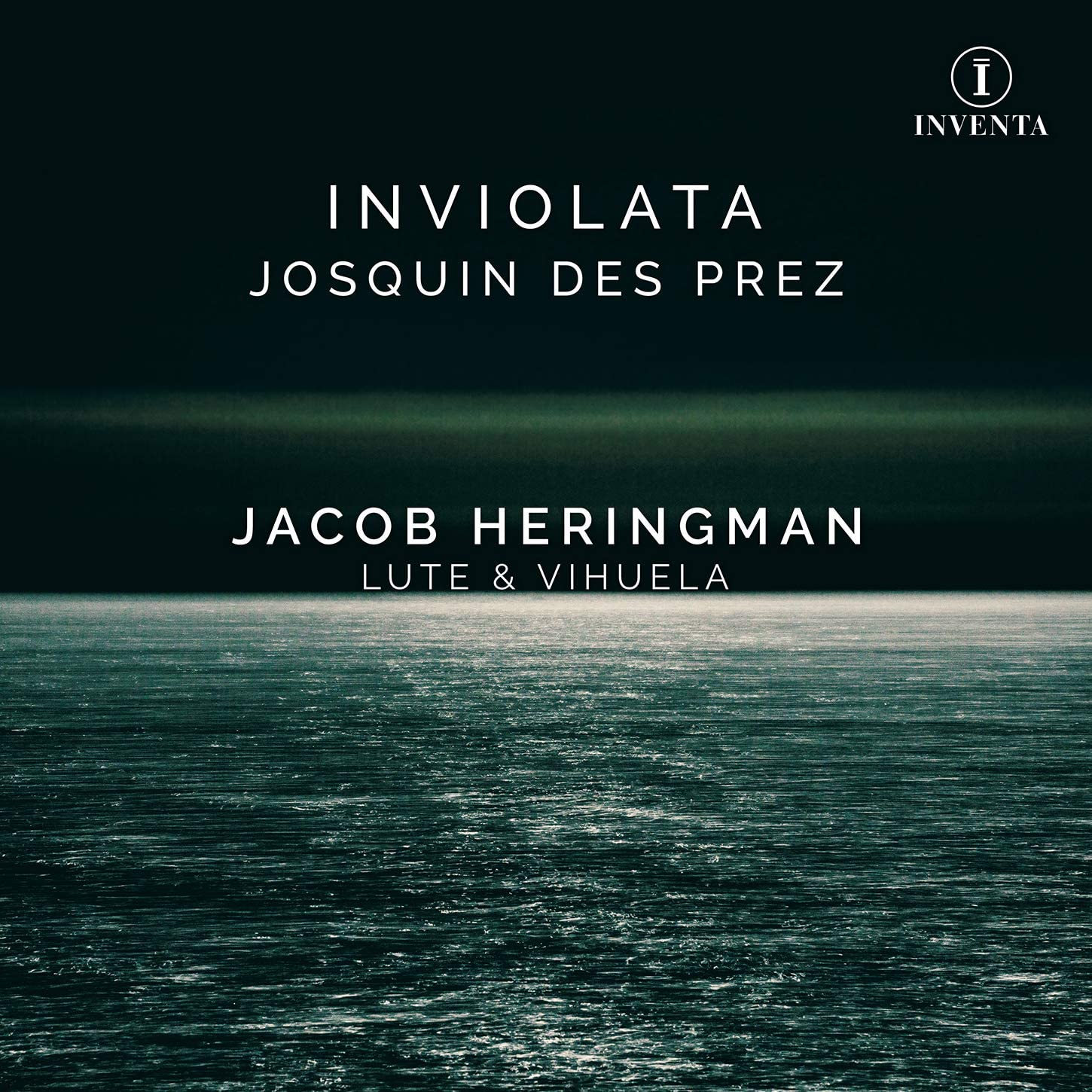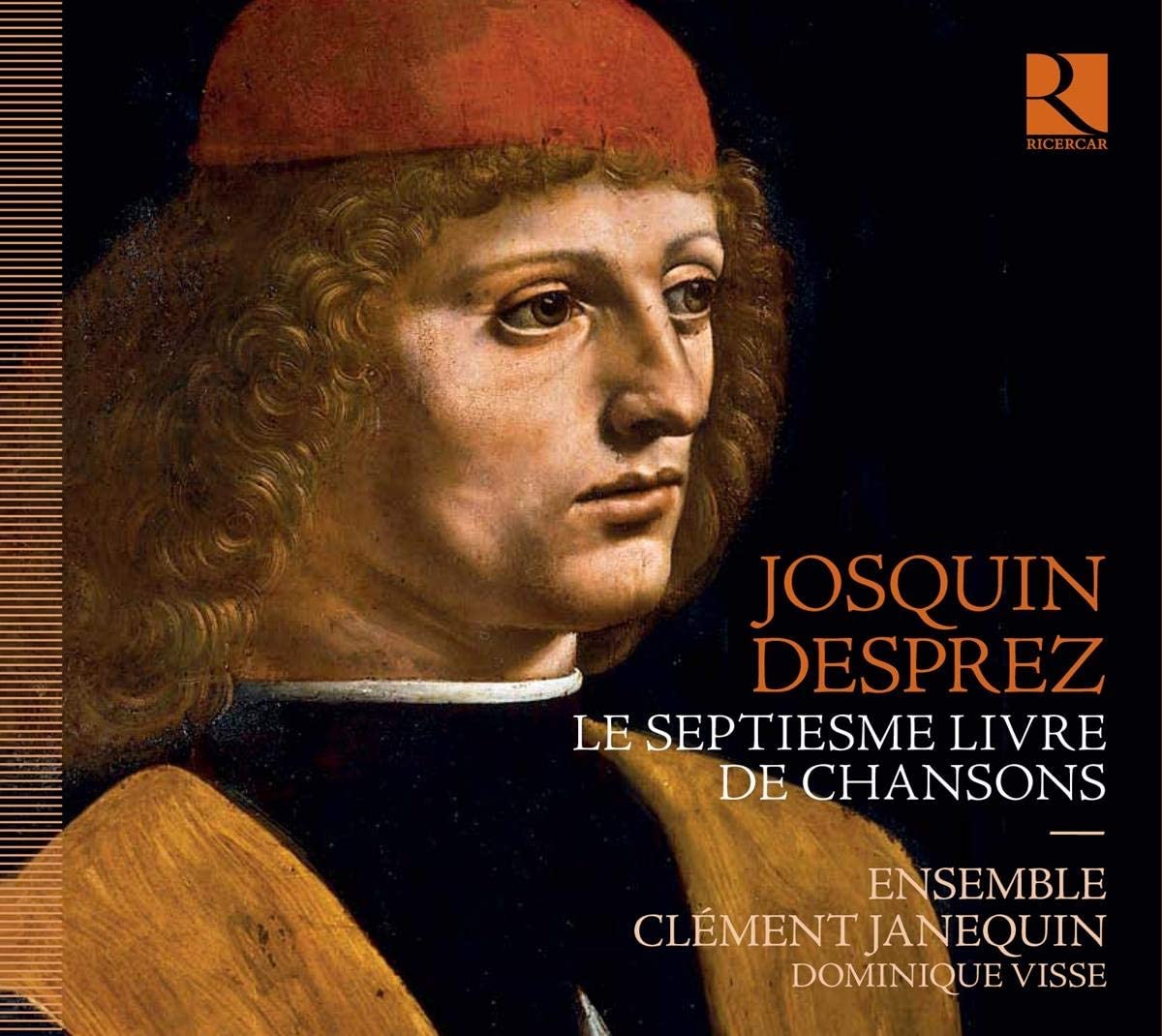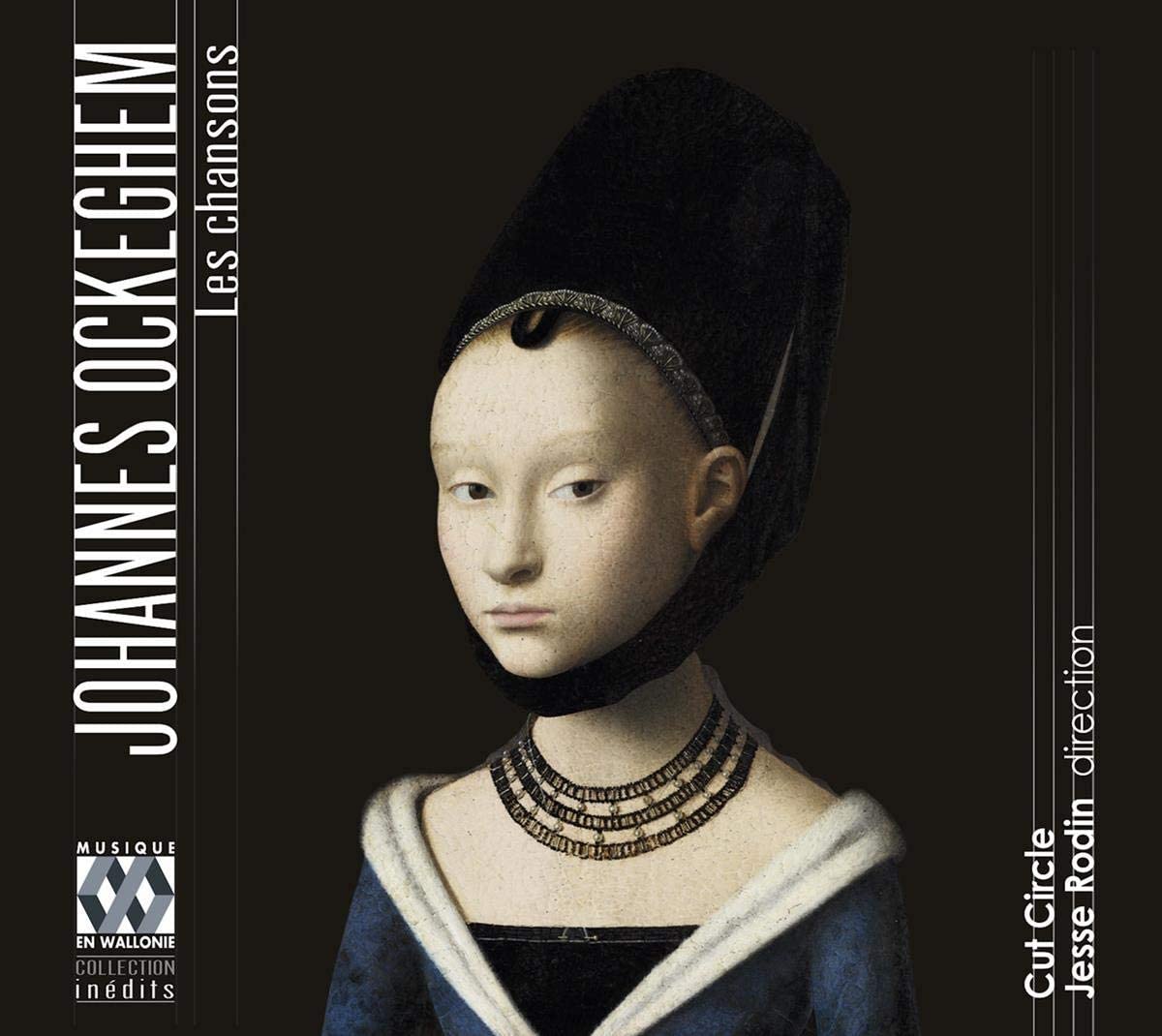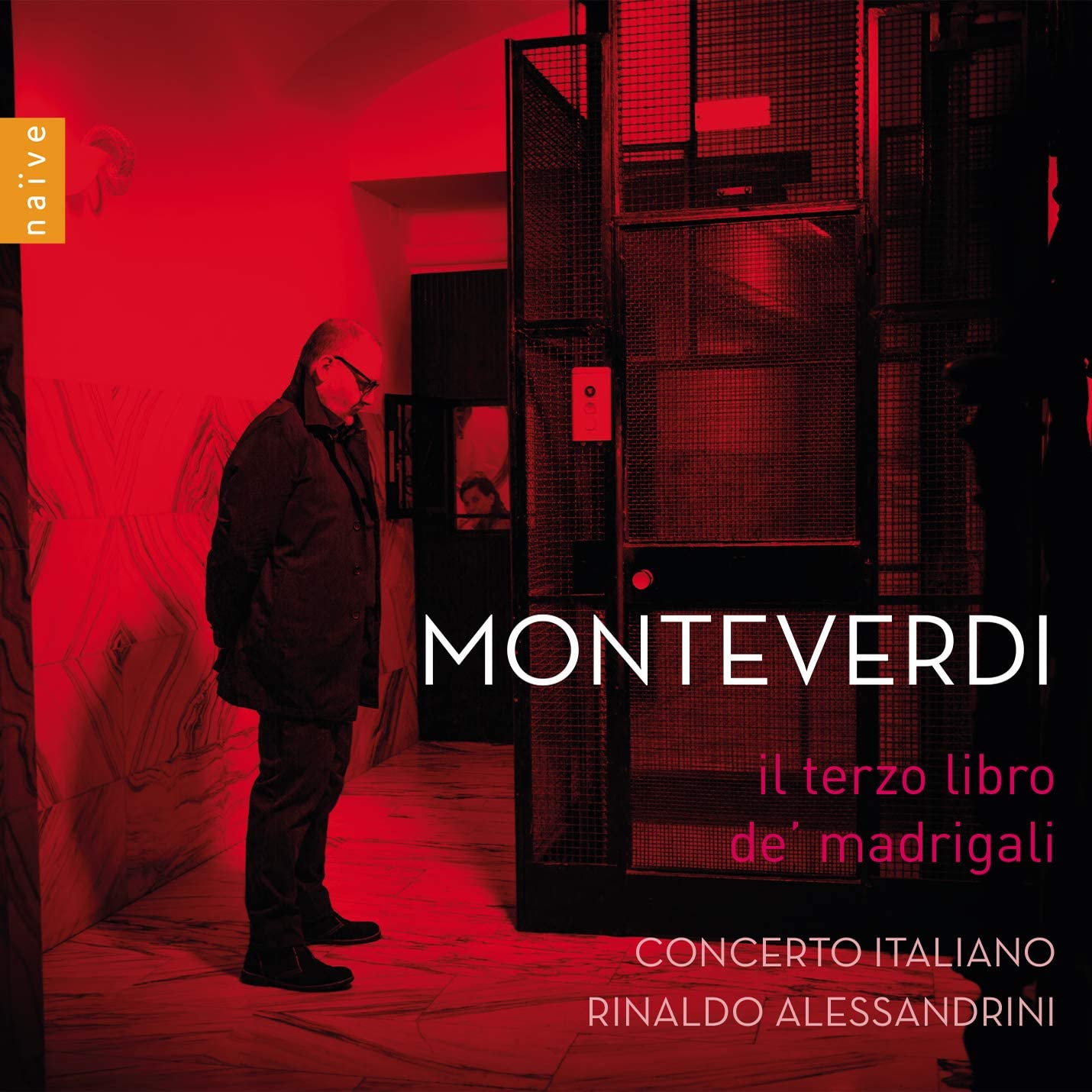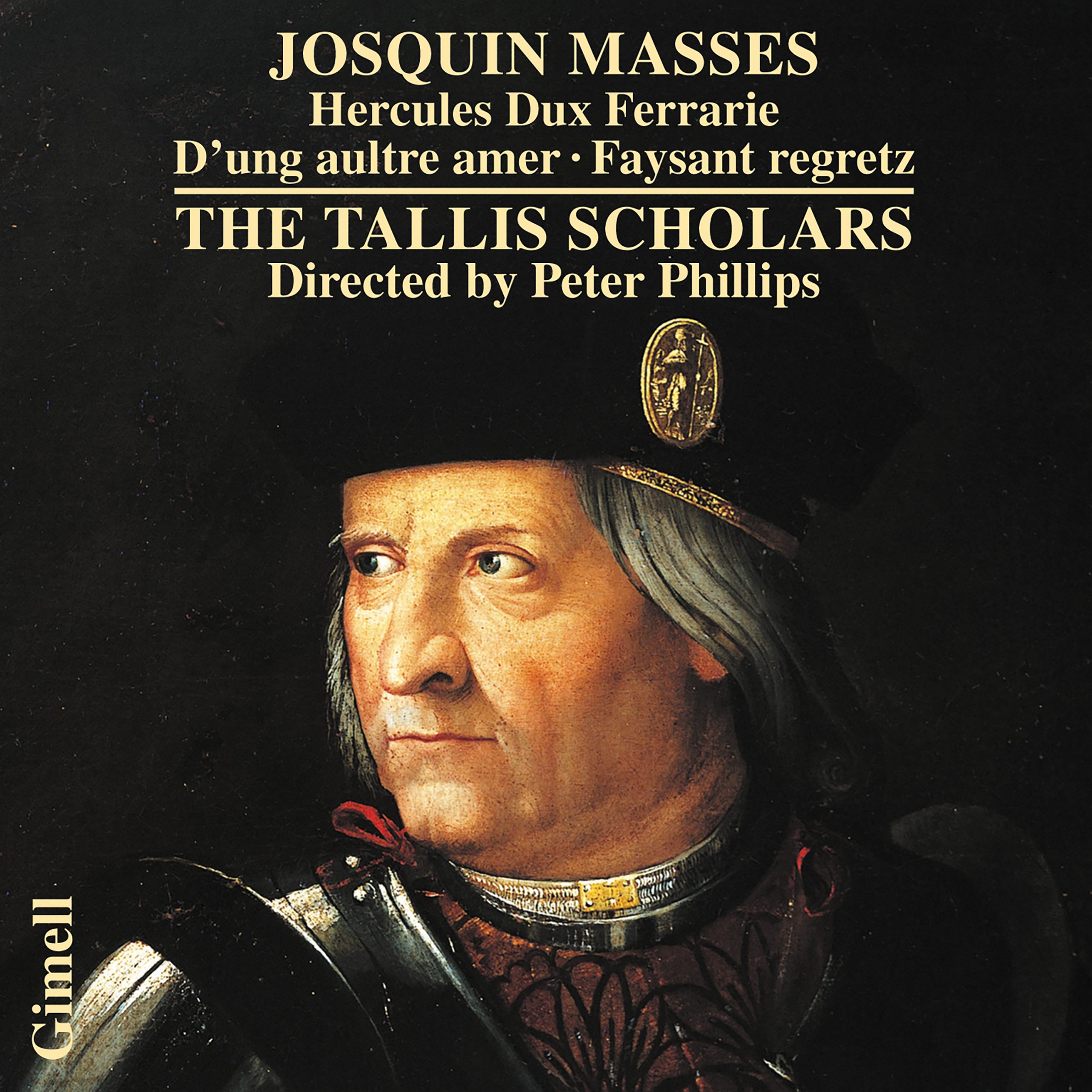Cut Circle, Jesse Rodin
133:40 (2 CDs in a hardbacked book, CD size)
Musique en Wallonie MEW1995
Click HERE to buy this on amazon.co.uk
It is always a joy to anticipate listening to music by Ockeghem, who was born at St Ghislain, near Mons, probably between 1410 and 1420, and died in 1497, probably at Tours. This pleasure can, however, be tempered depending upon the quality and interpretation of the music. Not only do we as listeners have our own agendas for hearing music, but also performers have their agendas for performing it. For instance, it is possible for the listener to tolerate an indifferent performance which is nonetheless interpreted acceptably, while excellent musicians can have bees in their bonnets which result in performances which sound ghastly or just plain silly. Indeed, sometimes within one recording project, interpretations and performances can vary between the sublime and the ridiculous. So while there are few finer prospects than listening to the entire corpus of songs by Ockeghem, there remains the question of what the performances will actually sound like: will repeated hearings seem an attractive proposition, or will there be aspects of them that seem like continually running one’s tongue over a sore in the mouth?
First, what of the music itself? How could this be other than wonderful when it consists of all twenty surviving songs with secure attributions to Ockeghem? In fact, this double album consists of 24 songs, two other items being his arrangement for four voices of a song for trio by the (probably) Spanish composer Juan Cornago, and his arrangement in two parts of the famous O rosa bella nowadays attributed to the English composer John Bedyngham, plus Ockeghem’s lament for Binchois Mort tu as navre and Josquin’s lament for Ockeghem himself. Half the items can be heard sung by another American ensemble, Blue Heron, on Johannes Ockeghem: complete songs volume one (Blue Heron BHCD 1010), which I reviewed for EMR on 21 February 2020. The majority of the songs are rondeaux, many of the rest virelais. Although there is a prevailing tone of melancholy throughout the oeuvre, there are subtleties of emphasis, illustrated early in the collection by downright depression in Presque transi or passionate devotion in Ma maitresse, the mood punctured by the boisterous L’autre d’antan which takes its cue from references in the text to dancing. Then melancholy is restored by the agonised introspection of Ma bouche rit. And so it continues, the first disc concluding with the three-part version of the ululatory Je n’ay deuil, followed by the assertive Les desleaulx and finally Tant fuz, its introspective first stanza contrasting with a more animated second, reflecting the structure of the virelai. The second disc continues in a similar vein: melancholy or downbeat songs interspersed with others of a different disposition, all with the same variety of outlook, intensity of expression and musical magnetism. The disc begins with S’elle m’armera/petite camusette, another of the few songs in four parts, its text described in the excellent booklet (written by the conductor Jesse Rodin) as both silly and ridiculous but with its musical integrity intact thanks to Ockeghem’s versatility. Disc 1 includes Ockeghem’s arrangement for four voices of Juan Cormago’s cancion Qu’es mi vida, already mentioned, and the other arrangement mentioned above occurs on disc 2, an altus discantus added to Bedyngham’s discantus in his famous O rosa bella, a project which provoked one musicologist to ask petulantly why Ockeghem bothered! Listeners can also enjoy his rightly famous Fors seulement l’attente, placed before his own Fors seulement contre seemingly a riposte which takes over its tenor. In some cases it is the entire structure of a piece which creates the impression, such as the almost contorted canon which is Prenez sur moy while in others it is a detail such as the intriguing downward octave scale in the bass part of Ung aultre. Finally, the disc, and the entire double album, concludes with Mort tu as navre, Ockeghem’s sublime lament a4 for Binchois, a work impressive even by Ockeghem’s elevated standards.
Does the performance of these works match their musical standard? In insight, yes; in commitment, yes; in technical expertise, yes: listen, for example, to the fine singing low in her register by the soprano Sonja DuToit Tengblad in the riveting La despourveue. Nevertheless, the listener’s personal taste must come into play. On the minus side, the first word of the first track, Josquin’s lament for Ockeghem, is bellowed, and with plenty of alternative versions available, I shall not return to listen to this overly assertive interpretation again, albeit the reasoning for this clarion call is provided in the booklet, and might well meet with the approval of other listeners. In one or two songs such as S’elle m’armera some singers use knowingly affected portamento, which becomes irritating upon repeated hearings. On the plus side, every note in every song is democratically audible, and its relationship with every other note is clearly expressed, the harmony and the melody, in other words the vertical and the horizontal, musically comprehensible. Great care is taken in conveying the unique meaning of each song: listening to the songs can be like observing the interior workings of so many sophisticated timepieces; yet it is perfectly possible to listen to all these works simply for pleasure, for the sheer beauty of the music itself, and for the emotions they express. The singers use very open vowel sounds but apart from a small scattering of instances, this is not otherwise jarring. The fabric of Blue Heron’s performances is more finely spun, and they – very sparingly and tastefully – use instruments, so there is sufficient overall difference between the two sets to offer either choice, or the pleasure of possessing alternative perspectives on (for now) half of the pieces. As for Cut Circle, the intensity and intelligence of their performances won me over after a disastrous start, as subsequently did their audible – and infectious – enjoyment in performing these exquisite and enchanting songs.
Richard Turbet
